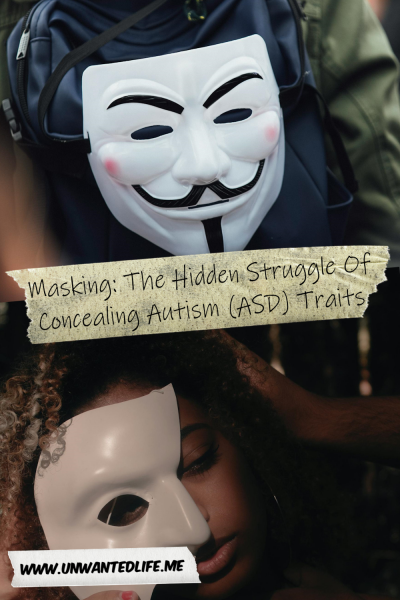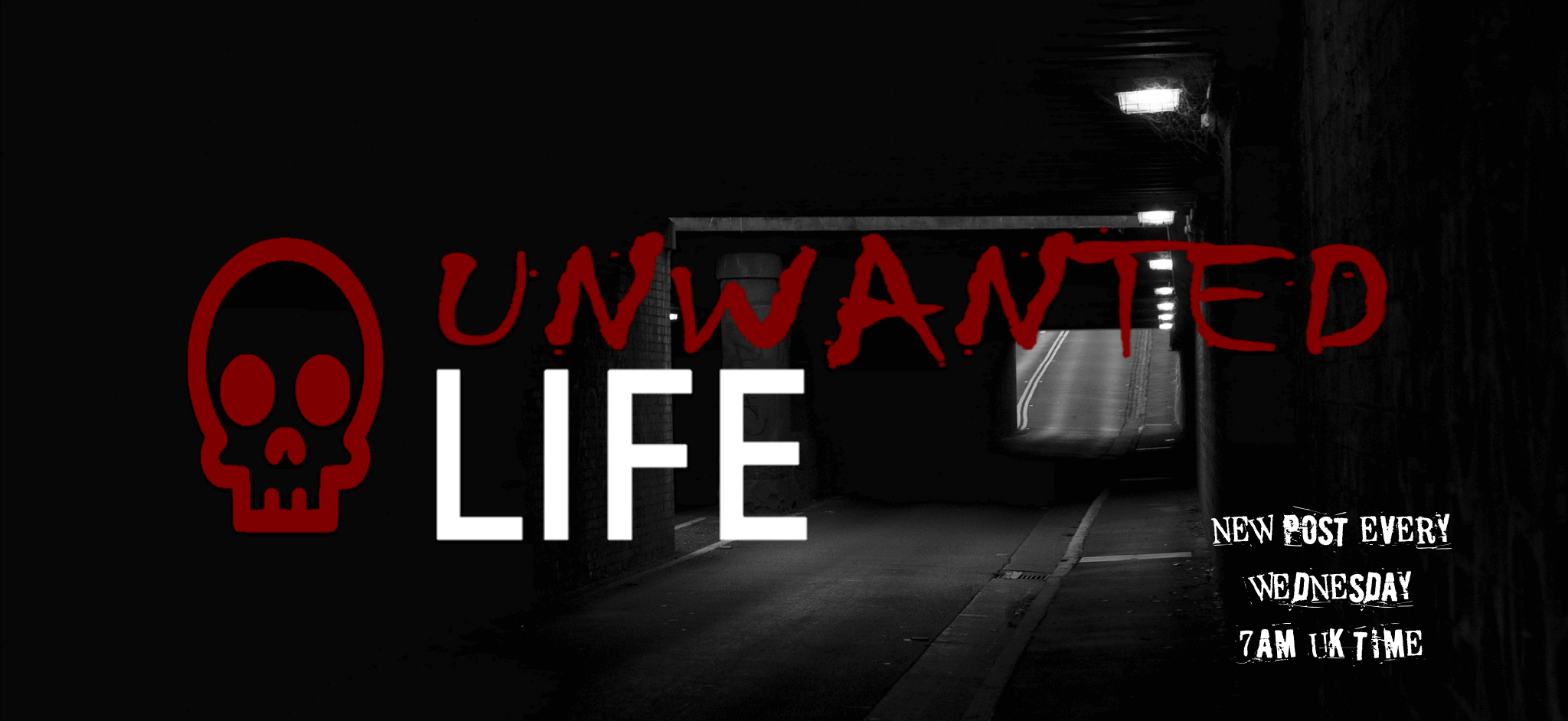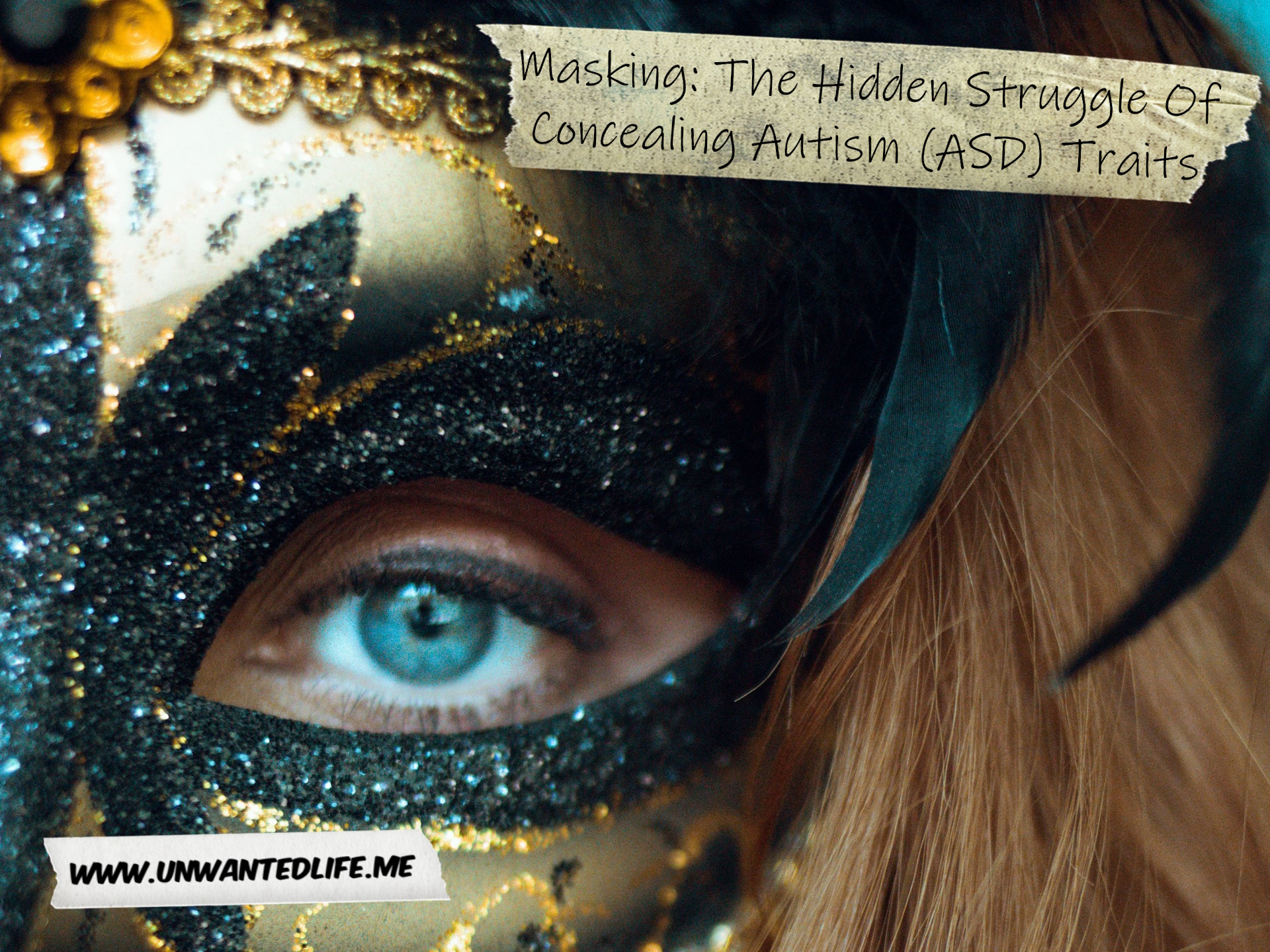In this article, we’ll explore together the concept of masking and camouflaging, to shed light on the hidden struggle experienced by people on the autism spectrum (ASD) who mask and camouflage their true selves. By increasing awareness and understanding, we can create a more inclusive society that embraces neurodiversity.
What Is Autism (ASD)
Unlike conditions like dyslexia, ASD is considered a lifelong learning disability, rather than a lifelong learning difficulty (National Autism Society). According to Alaghband-Rad, Hajikarim-Hamedani, and Motamed (2023), ASD is defined as persistent deficits in social communication and social interaction across a range of contexts. Like with many conditions, how it affects someone at the individual level can vary quite dramatically, which includes having their own strengths and weaknesses (National Autism Society).
Some of the so-called deficits of ASD include body language, deficits in social reciprocity, and issues with developing, maintaining, and comprehending relationships (Alaghband-Rad, Hajikarim-Hamedani, and Motamed, 2023).
However, according to Radulski’s (2022) research, this perspective of ASD has come into question, especially by Autistic Neurodiversity activists who began the #TakeTheMaskOff online campaign. This activist group challenges the medicalised view of ASD being a “social deficit”.
Interestingly, the National Autism Society states that the definition of ASD has changed over the decades, meaning it’s likely to change again in the future as well. They point out that ASD has become too broad a spectrum. The argument is that it’s difficult to compare someone with ASD who struggles with bright lights and someone with ASD who needs round-the-clock support. In the context of stigma from society, it’s understandable how this can be seen as an issue for some.
What Is Masking?
Masking is a term used to describe the practice of concealing or suppressing ASD traits to fit into social expectations, I term frequently used by the ASD community (Miller, Rees, and Pearson, 2021).
According to Radulski (2022), people with ASD feel pressure to mask their behaviours, such as stimming, to avoid negative consequences from society and mimic neurotypical behavioural norms. For those who don’t know, which included me until writing this article, stimming is when someone uses repetitive behaviours or motions to help cope with emotions (WebMD).
Miller, Rees, and Pearson’s (2021) research found that masking isn’t unique to people with ASD, and how it all links back to a fear of difference and stigma, although ASD masking can have specific features, such as stimming suppression. Simply put, masking is an internal process of controlling visible ASD traits within the person with ASD, so they can act to conceal those traits (Radulski, 2022).
What Is Camouflaging?
According to Alaghband-Rad, Hajikarim-Hamedani, and Motamed (2023), camouflaging is comprised of a set of self-control skills and other strategies. These are external processes to avoid being visibly seen as having ASD (Radulski, 2022). Thus, masking is an internal process while camouflaging is an external one. Together, these strategies are used to change or conceal one’s natural personality to “fit in” (Silvertant, (2020).
Furthermore, Alaghband-Rad, Hajikarim-Hamedani, and Motamed (2023) state that social camouflaging was first shown to be a characteristic of people with ASD, used to actively try to disguise and compensate for their ASD features in social contexts to socially blend in better.
Understanding Masking And Camouflaging: The Need To Fit In
Society tends to divert to the outdated accepted norms, Black men are thugs, immigrants steal jobs, and for those with ASD, it’s the assumption based on everything being neurotypical. This can make it difficult for the neurodiverse, particularly those with ASD, to be identified as they rely on external presentation (Miller, Rees, and Pearson, 2021), which masking and camouflaging are used to hide by those with ASD. This is the unfortunate cost of people with ASD masking their ASD traits to navigate social situations, avoid judgment, or meet societal expectations.
Masking and camouflaging may sometimes help protect those who use these methods in the ASD community from being “outed” or harassed, but often it isn’t intentional (Healthline).
Although I don’t have ASD, I can relate to the struggle with wanting to fit in because of my childhood experience of racism and finding ways to hide my dyslexia (before I knew I had it). This led to me becoming a people-pleaser in the hopes I’d be accepted. I know it’s not the same, but it’s relatable. That experience ruined my mental wellbeing and kept me in a state of suicidality. I would have done anything to “fit in” and be accepted.

The Consequences Of Masking And Camouflaging
Using any form of coping strategy requires the use of energy. The potential consequences of long-term masking and camouflaging, like those with ASD, will result in stress, anxiety, and exhaustion. You can’t suppress who you really are without there being a price to pay for it. As stated by the National Autism Society, engaging in masking and camouflaging will use up vital resources that could have otherwise been used in other areas of the lives of those with ASD.
Because masking and camouflaging aren’t always intentional, it can cause those people from the ASD community to be confused about their identity (Healthline). After all, no one wants to be mistreated or bullied, so it’s not surprising that these coping strategies develop with little to no intent.
In Miller, Rees, and Pearson’s (2021) study, their participants reported experiencing grief for their loss of identity, because they were no longer sure about who their true selves were. This led some of the participants to speculate about who they could have been if not for masking and camouflaging. And I feel them on that one. I often wonder how my life would be different if racism hadn’t pushed me to suicide at the tender age of eight.
As if the loss of self wasn’t bad enough, research has started to show that masking and camouflaging come with significant developmental consequences for those with ASD, as well as poor mental health, minority stress (stress faced by people of stigmatised minority groups), and suicidality (Radulski, 2022).
This is also supported by Alaghband-Rad, Hajikarim-Hamedani, and Motamed (2023), who state that such coping strategies can lead to depression, anxiety, burnout, and of course, delayed formal diagnosis of ASD. This will deprive them of appropriate care, all because society is struggling to accept that people are different.
The Struggle For Authentic Connections
When you’re trying to “fit in” by using coping skills such as masking and camouflaging, it’s going to further affect your ability to make authentic connections. You have the loss of self that comes with using such methods, and the potential difficulty of already forming and maintaining connections as a result of having ASD.
The issue is that we all just want to be accepted for who we really are, but masking and camouflaging make finding meaningful relationships extra hard.
I don’t mean for this to sound like I’m blaming the person with ASD here when it’s society’s fault, but when masking and camouflaging, people don’t get to meet the “real you” (Miller, Rees, and Pearson, 2021). That’s even if those with ASD can remember who the “real them” is anymore.
To engage in masking and camouflaging requires the person doing it to hide or disguise parts of themselves from others (National Autism Society). However, research suggests that a feeling of community belongingness provides kinship and mitigates internalised stigma (Miller, Rees, and Pearson, 2021). This will be hard to achieve when masking and camouflaging. However, this could be achieved by engaging with other people with ASD. And if you can find a partner who accepts you for the real you, even better.
Unfortunately, society has conditioned us to fit a very narrow understanding of what it is to be a person, but most people will likely not fit that model without sacrificing who they are so they can meet that norm. Don’t get me wrong, some norms are important, such as agreeing on what is and isn’t a crime as a society. However, on things that shouldn’t matter, such as having ASD or being a different colour, twisting ourselves to fit those so-called norms comes at a hefty price.
For those with ASD, this might mean they struggle to find a romantic partner, because they may question if their partner(s) love them for them, or question the person they are when masking and camouflaging around them (Healthline). We all have the right to be loved for our true selves.
As Satanic Bay Area said in one of their #DailyBaphirmation:
Every second that you live authentically is another win
Empowering Authenticity: Embracing Neurodiversity
It’s sad that as a society we still needed to have this conversation about diversity and acceptance, but here we still are. Whether because of neurodiversity, disability, ethnicity, religious beliefs, where you were born, your size, etc., we all benefit from living in an inclusive environment. All of us. Fostering understanding, empathy, and acceptance for those with ASD and everyone else, shouldn’t be this hard.
For now, the best solution to reducing the need for people with ASD to pretend to be someone else is to spread awareness about masking and camouflaging, so those who have little or no experience with ASD can understand them.
National Autism Society also suggests that those with ASD could benefit from journaling to record where they mask and camouflage, and how that made them feel. This would allow for behaviour experiments where you can reduce your masking and camouflaging to gauge reactions, as you may find that what worked in a school setting, isn’t as useful for you now. Dr Hannah Belcher, who wrote the post for the National Autism Society, said that they found that their worst fears, of embarrassing themselves or being judged, didn’t occur when they unmasked themselves in safe settings.
Remember, self-care, self-advocacy, and setting boundaries are also an important part of embracing your neurodiversity. Don’t suffer because society hasn’t caught up. I know this is easier said than done.
Summary
Masking and camouflaging pose significant challenges and impact the mental health and wellbeing of people with ASD, and others. By acknowledging the hidden struggle of these coping strategies and promoting acceptance, understanding, and support, we can create a more inclusive society that celebrates neurodiversity and kindness. Let us work together to create spaces where people with ASD feel safe to be their authentic selves, free from the need to mask their true identities. Let’s make a world where this is true for everyone.
As always, leave your feedback in the comments section below. Also, please share your experiences with masking, camouflaging, ASD, and neurodiversity in the comments section below as well. Don’t forget, if you want to stay up-to-date with my blog, you can sign up for my newsletter below. Alternatively, click the red bell icon in the bottom right corner to get push notifications for new articles.
Lastly, if you’d like to support my blog, then there are PayPal and Ko-fi donation payment options below. Until next time, Unwanted Life readers.
References
Alaghband-Rad, J., Hajikarim-Hamedani, A., & Motamed, M. (2023). Camouflage and masking behavior in adult autism. Frontiers in Psychiatry, 14, 1108110. Retrieved from https://www.frontiersin.org/journals/psychiatry/articles/10.3389/fpsyt.2023.1108110/full.
Miller, D., Rees, J., & Pearson, A. (2021). “Masking is life”: Experiences of masking in autistic and nonautistic adults. Autism in Adulthood, 3(4), 330-338. Retrieved from https://www.ncbi.nlm.nih.gov/pmc/articles/PMC8992921.
Radulski, E. M. (2022). Conceptualising autistic masking, camouflaging, and neurotypical privilege: Towards a minority group model of neurodiversity. Human Development, 66(2), 113-127. Retrieved from https://karger.com/hde/article/66/2/113/828423/Conceptualising-Autistic-Masking-Camouflaging-and and https://doi.org/10.1159/000524122.
Silvertant, E. (2020, November 29). Autism & camouflaging. Embrace Autism. Retrieved from https://embrace-autism.com/autism-and-camouflaging.


I really appreciate all the references you have included as it offers a level of trust and encouraged me to keep reading! I did enjoy reading your post as I have two adult daughters with ASD and I found your post very eye-opening as I can relate personally to masking. It is so exhausting trying to avoid stimming in front of other people and I agree the toll it takes on your mental health can be tragic. We need more articles like yours to raise awareness and for others to hopefully develop some empathy for those with differences to the social norm. Thanks!
I find it important to use references as much as possible so the information I share can be trusted. Thank you for commenting ☺️
I haven’t seen someone with masking or concealing but this is interesting to know. Hope to use this when someone around me do this. It’s hard nowadays trying to be accepted in our socitey and doing what we supposed to do.
Thanks for commenting
I think that everyone hides their true self to fit in, to some extent. I moved a lot as a child so I was always the new kid. I enjoyed your article.
It’s hard not to hide parts of ourselves from others, especially depending on context, such as the differences between work and being out with friends. Thanks for commenting